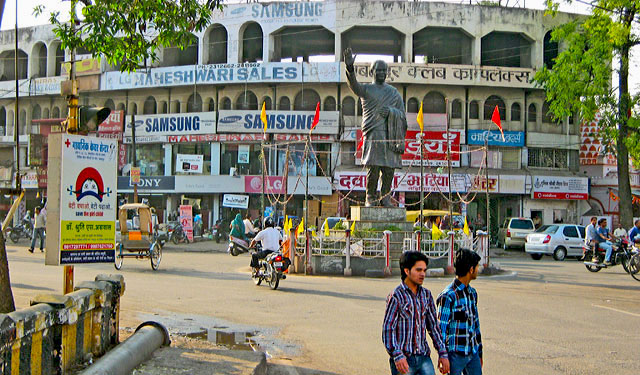If there is one reason why we are still to cover many a miles before we become a truly developed nation, it’s our lackluster implementation skills. Even for a colonisation project, China can prepare a plan and execute it within a short span of about five years. displaying their vision about the future. How does India fare in comparison? India has legendary records of bad planning and has the worst implementation record as far as domestic projects are concerned. True, we had 5 year plans earlier and now a vision with plans for the next fifteen years. But, is it sufficient? This question is above party politics and has utmost importance on how India, as a nation should be and would be in future.
We can always argue how India was at the time of independence and how we have grown to be self-sufficient in food, became advanced in IT (Which is crumbling), Space Research etc., quoting the number of Indian Origin people in global industry. But, while it is the individual entrepreneurs who shall take lead in establishing industry and drive the growth, it is the job of governments to provide necessary infrastructure – physical, legal and financial domains and ensure these are provided to all citizens so ‘inclusive development’ can happen.
It is true implementation is the most difficult part of any vision document because of the federal structure of governance India has.
If governments at the centre and state are of different parties, no matter whatever one envisions, the other refuses. But, this need not be always true. During the UPA regime, it was said that some of non-UPA governments have implemented MNREGA scheme. The implementation always depends mostly on the priorities set by the state government and timely release of funds by the centre. Another factor that affected India is corruption and diversification of funds.
It was only two years ago the share of state governments in the royalty of mines was increased. This would help at least those states, where the governments are really serious to improve the status. What hindered the implementing portion in India was corruption? And, even after many scams and scandals, the approach towards corruption by the government is not really strict. Normally politicians abuse the power vested in them and indulge in corrupt practices usurping the funds. Or, they simply sit on things and don’t do anything, fearing corrupt charges may be levied against them. What we need is someone to take decisions with integrity and write the reason why a decision was taken on the file note and approve. Lest, the projects would always see a start and stop cycle inflating estimates.
Despite governments changing frequently, enquiries against political leaders have never seen the logical end, except in very few cases. Even the person who rode on an anti-corruption wave has not acted against corruption and thus made the sincerity of politicians an imaginary thing in the eyes of people. Maybe scope of CAG audits shall enhance to include “identification and fixing the responsibility” of any illegality in the process.
Indian Government should have prepared a vision document that would have only targets. There shall be another implementation document prepared by each and every department. Let the Centre set up targets for finances release.
One more aspect that should be made binding on all governments is to continue allocation to projects as per approved budgetary cash flow. When the cash flow is not released in one year for any reason, it would only result in escalation of the cost. It is prudent to review all projects being implemented and allocate resources to them so that they can be completed as per the plan. Many times, even governments bypass procedures like getting clearances and execute projects. This is a bad practice (in fact bad governance). If the governments don’t care for the rules, why they expect private individuals follow the law?
It is time for India to revisit how we are setting up targets and planning to implement them. I don’t subscribe to the idea of copying this from the Chinese, even for an instance. And certainly, not from the Western countries. Copying from outside would never help, as customisation to the locale is essential for the success of any process or system. After all, we can’t force people in Chandigarh and Chennai ware same type of clothes and eat same type of food. Any process or system shall suit to the local climate and should be helping to improve the condition of the people.
We may be having a better infrastructure even in agriculture and industry. But, is it sufficient? To be frank, Indian infrastructure in agriculture is far from being ideal. Whether it is the use of machinery or labour, there is a large scope for improvement. Even the loan waiver itself is one such process that is often ridiculed for the way it is implemented.
It is time, our governments have some priorities that can outlive the threat of change in the governments so that the continuity is ensured in the execution of plans.
